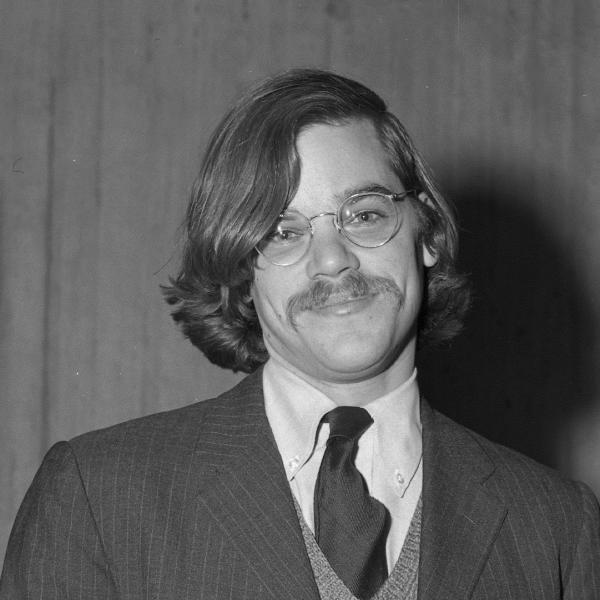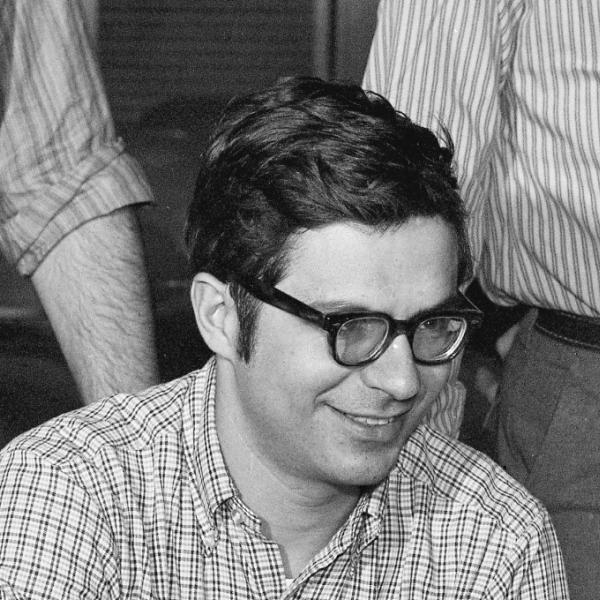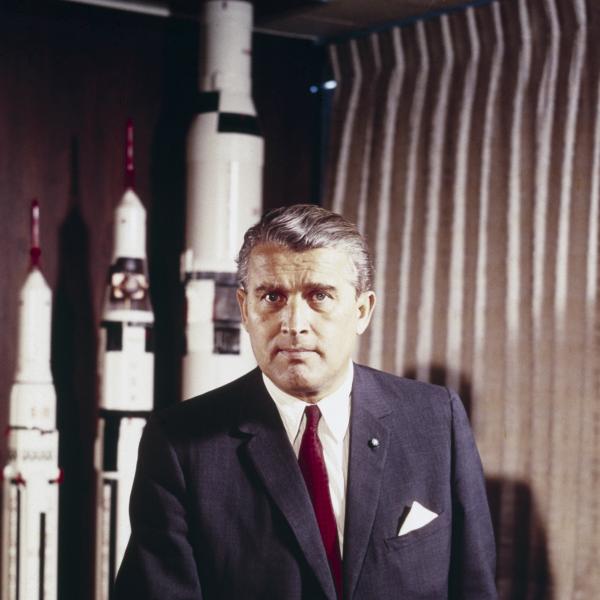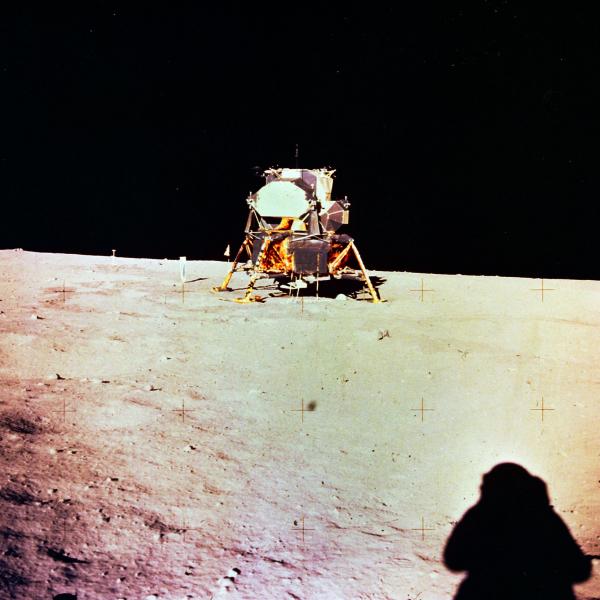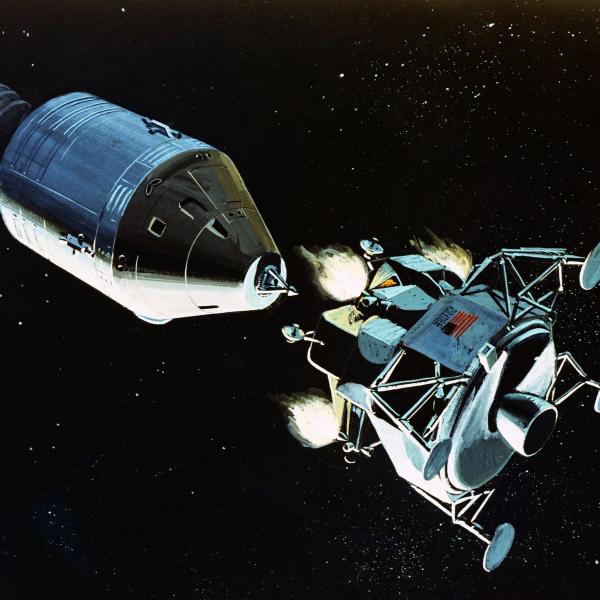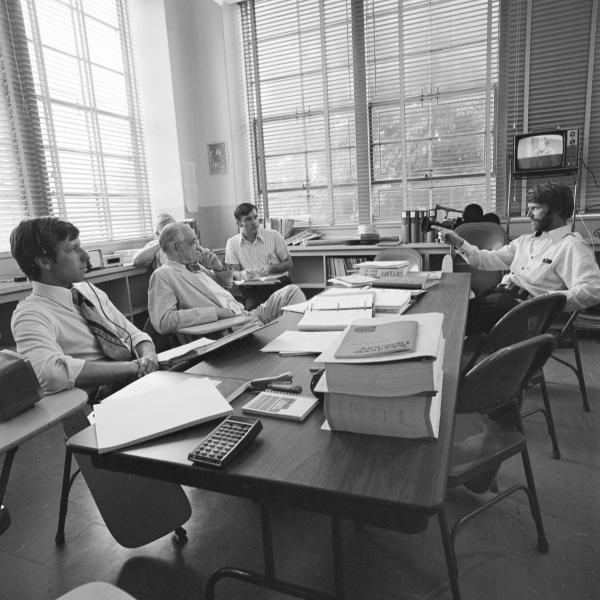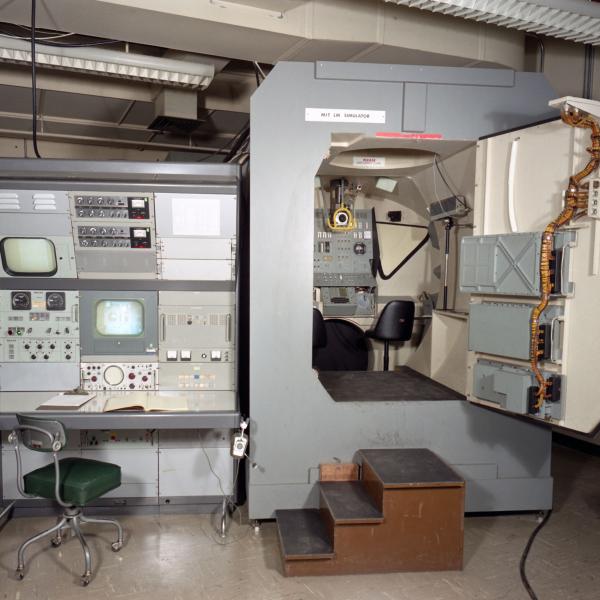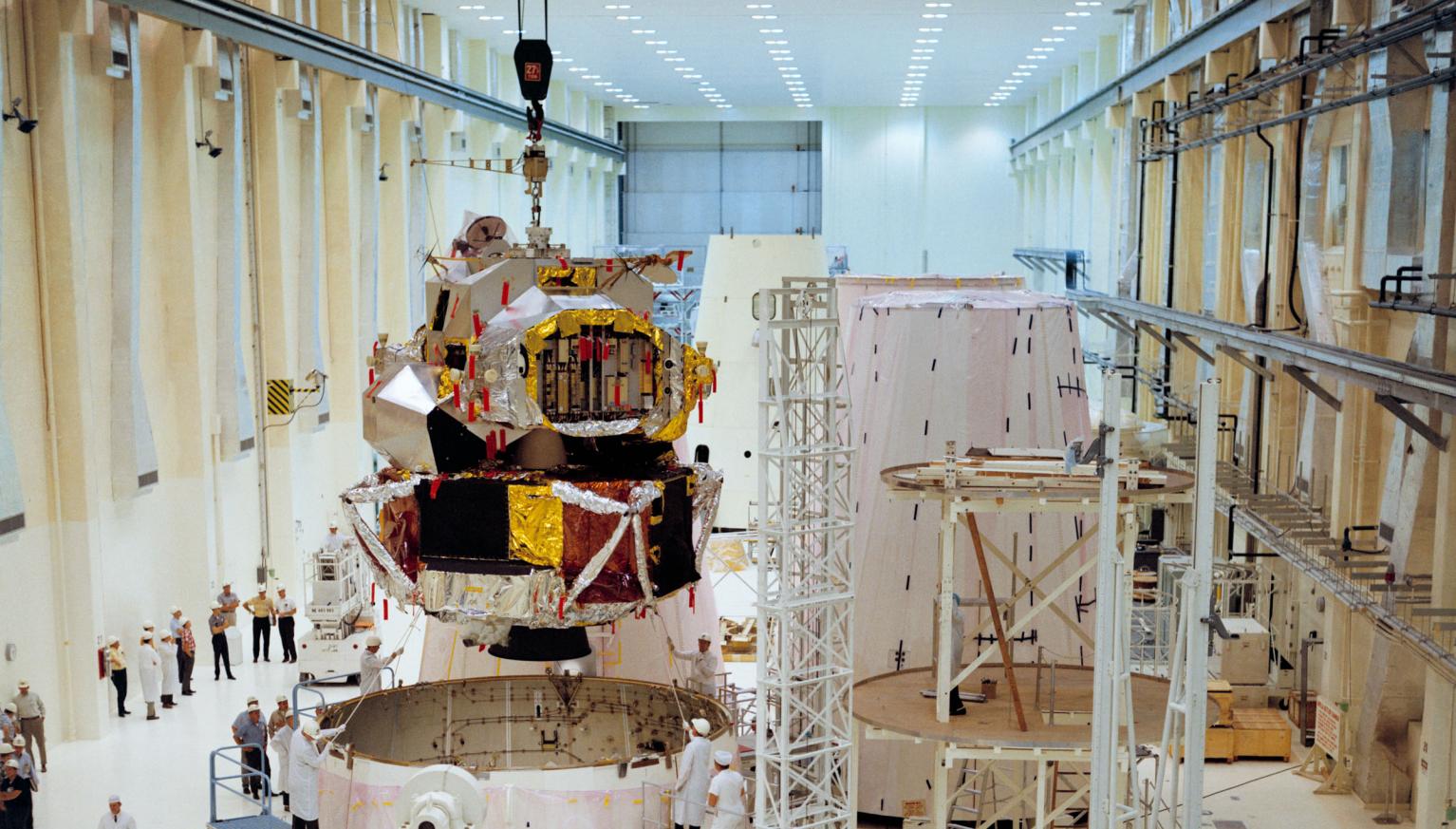
Apollo 5: Critical tests in Earth Orbit
America’s space program hoped Apollo 5 would be the first and only space flight test needed of the Lunar Module or 'LM' before a manned moon landing mission was approved. It is the LM's first solo performance in Earth orbit. The LM is designed to carry astronauts from a safe lunar orbit down to the surface, return them to orbit after they explore, and rendezvous with the Command Module, waiting in orbit, that will carry them back to Earth. For NASA the main objective is to test the LM's two propulsion systems, the descent engine, designed for landing on the Moon, and the ascent engine for returning to orbit. Each engine will be fired twice.
The engineering team at Grumman fought multiple delays as they designed and built the first spacecraft that would land humans on an extraterrestrial planet. The LM was nicknamed the spider because of it's leg-like landing gear. The use of unique electrical systems as well as lightweight metals and landing gear made this one of the greatest achievements in mechanical engineering of our time. It was like building the first ship to cross the Atlantic, without ever touching the ocean. For the Apollo 5 mission no astronauts are on board and at the end of this mission the spacecraft will burn up in the atmosphere. If all goes well, the next time the LM flies there will be astronauts on board.
The engineers at Draper had to design the LM's Apollo Guidance Computer and its code from scratch that would navigate the LM down to the moon and back. Loaded into the on board computer is a program called SUNBURST. Built into the software is a rough rehearsal of the LM's lunar mission, so far as that can be done during a brief flight in earth orbit. Draper software engineers wrote and tested each line of code. Although the LM would just be orbiting Earth on Apollo 5, it would give the engineers a critical opportunity to test how the mechanics of the module and the computer guidance system perform in space.
The Apollo 5 mission had significant challenges from the start. During the critical moments leading up to the rocket’s launch on January 22, 1968 NASA suspected a dangerous fuel leak and made the decision to delay fueling the engine, which slowed the start time. This had a domino effect because the computer science engineers at the MIT lab had designed their guidance computer system based on timings and were not alerted about the delay. The guidance system, detecting insufficient thrust by the scheduled time, aborted the Lunar Module’s descent burn. The mission was completed under ground control with the primary guidance system turned off. It was an object lesson for all. Had MIT engineers known about the decision to delay arming the engine, they could have adjusted the thrust monitor accordingly. As a result, the computer guidance system never got its chance to test itself aboard Apollo 5 -- the MIT lab team would have to wait until Apollo 7 when it finally would.
NASA still considers Apollo 5 a successful test flight because the Lunar Module itself performed up to expectations and the team was also able to test both propulsion systems. Once mission managers were able to look at the flight data from Apollo 5 they felt confident that the next time the Lunar Module flew it would have men aboard! MIT's lunar landing software missed its rehearsal. Its next chance would come on July 20, 1969, and it would be for real.
